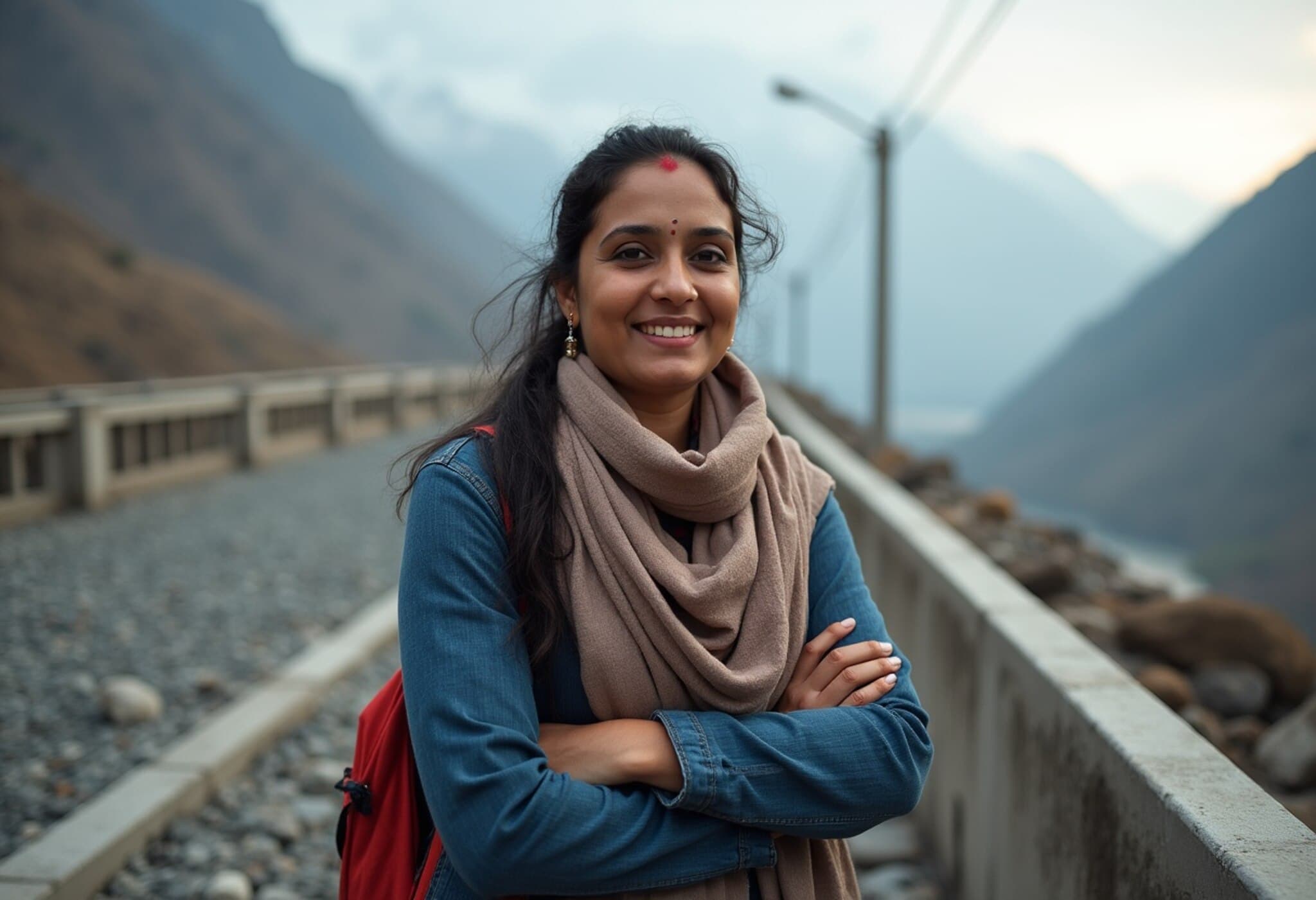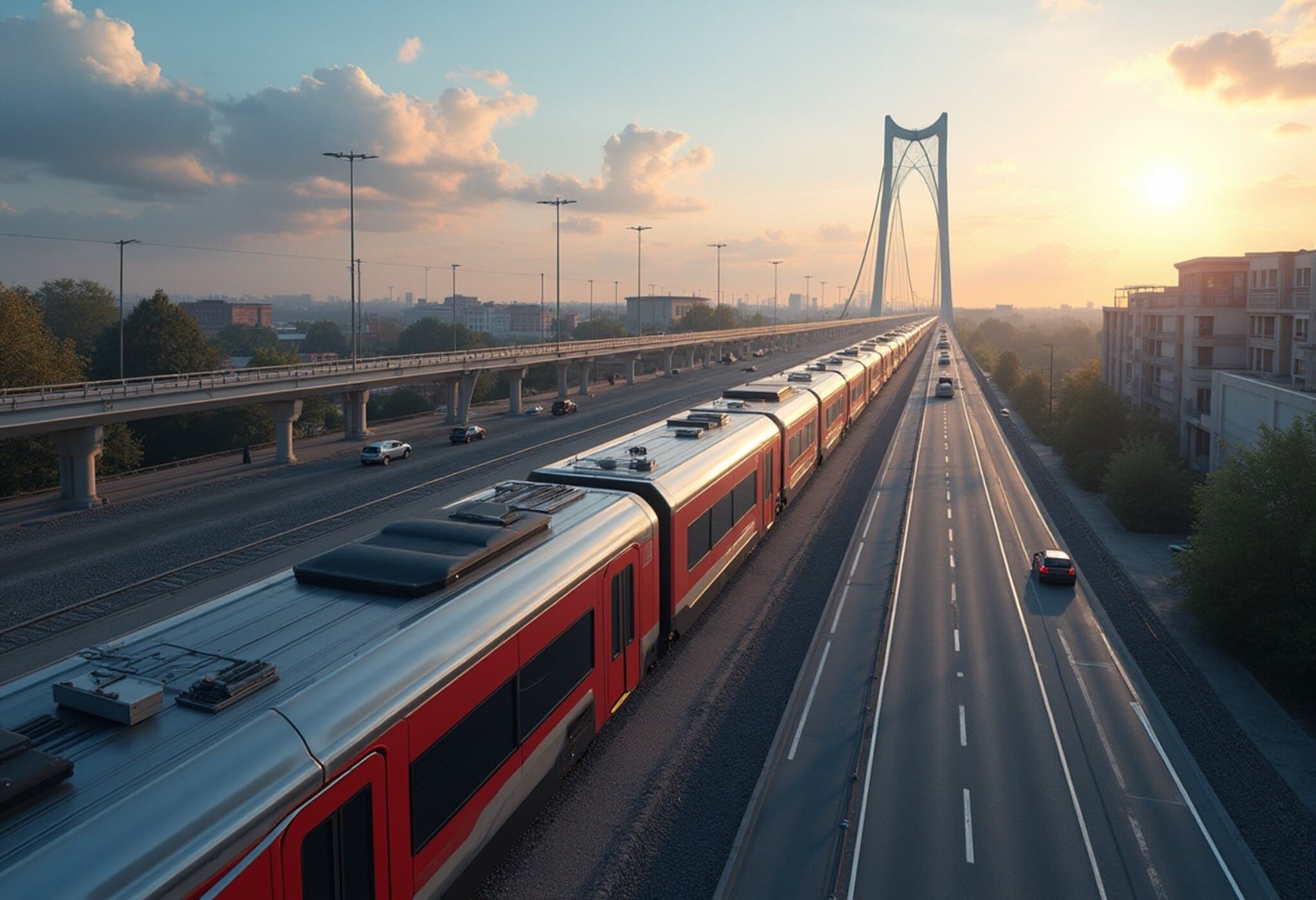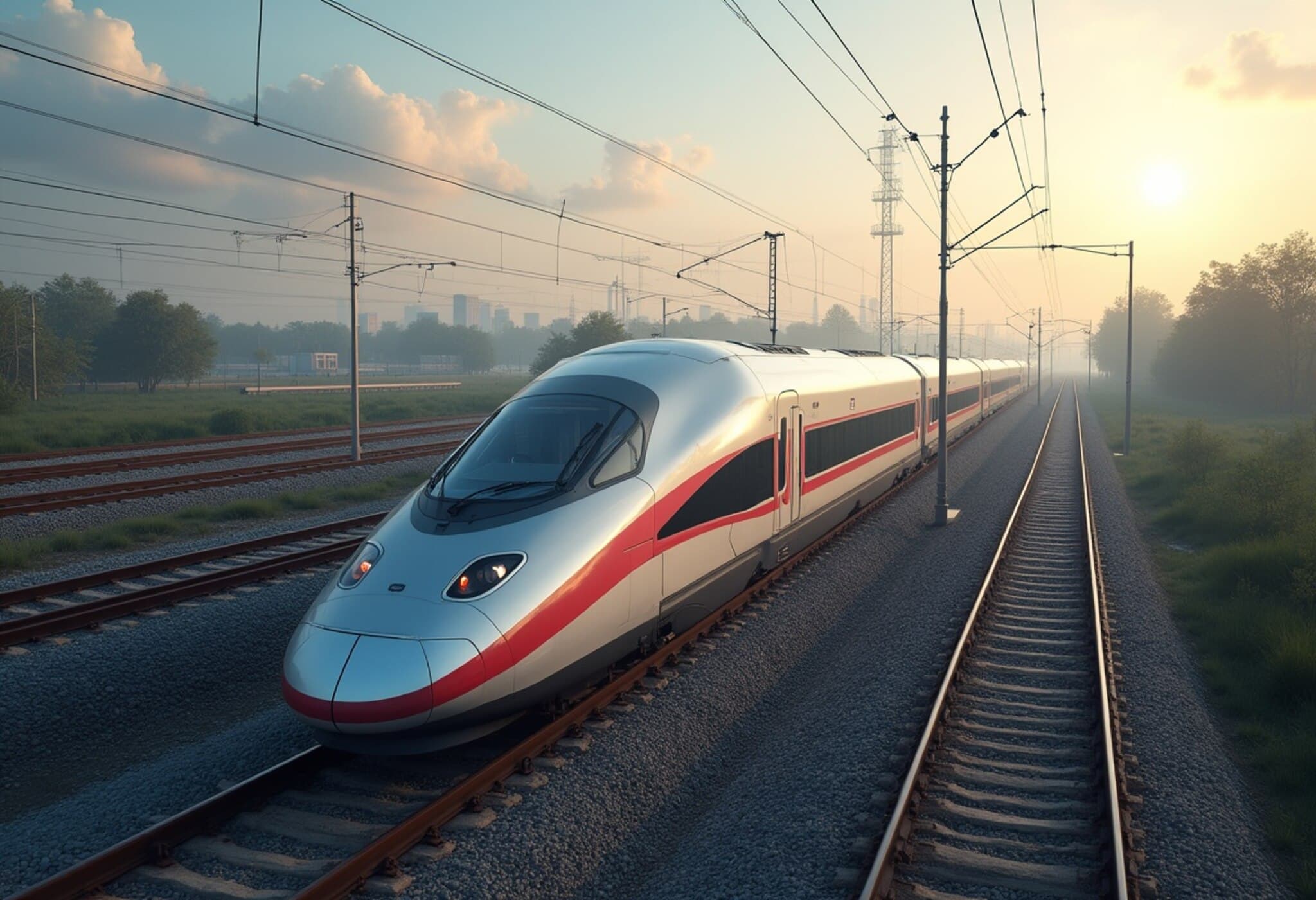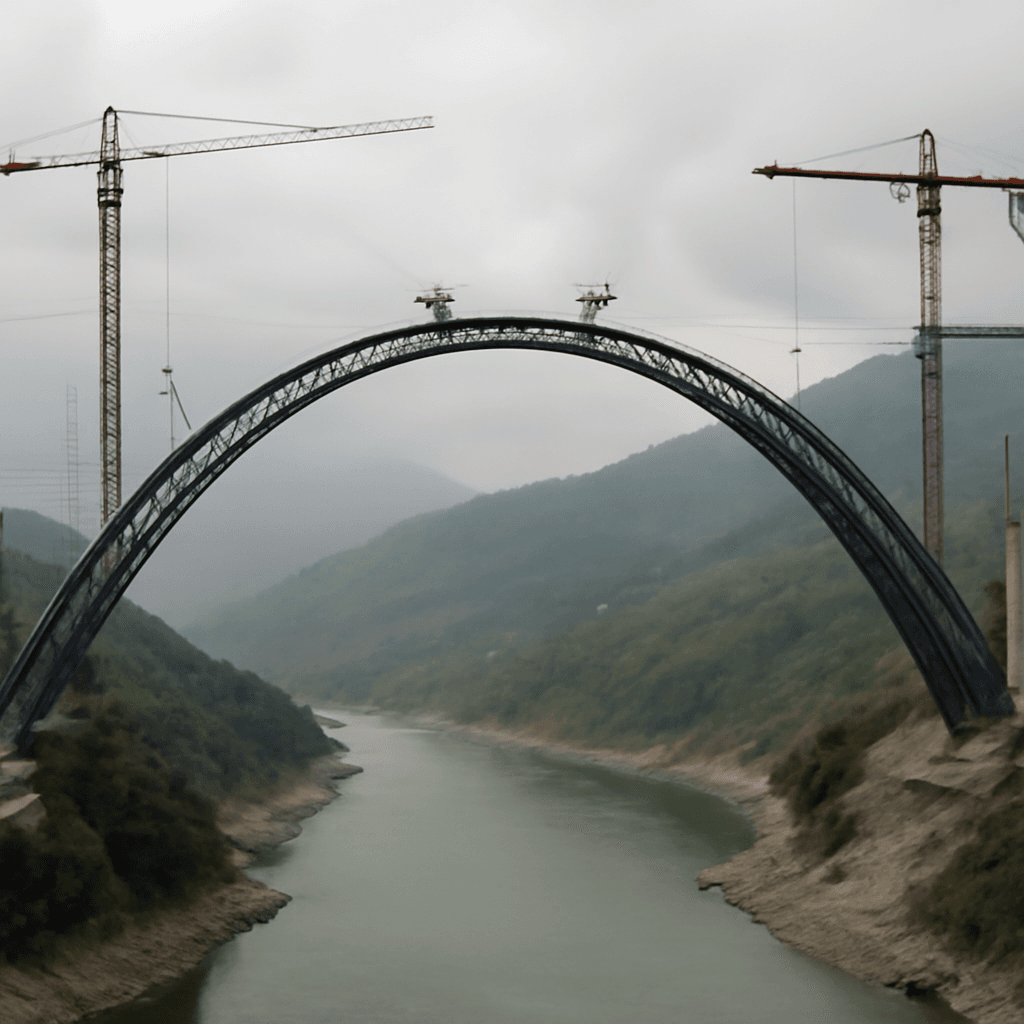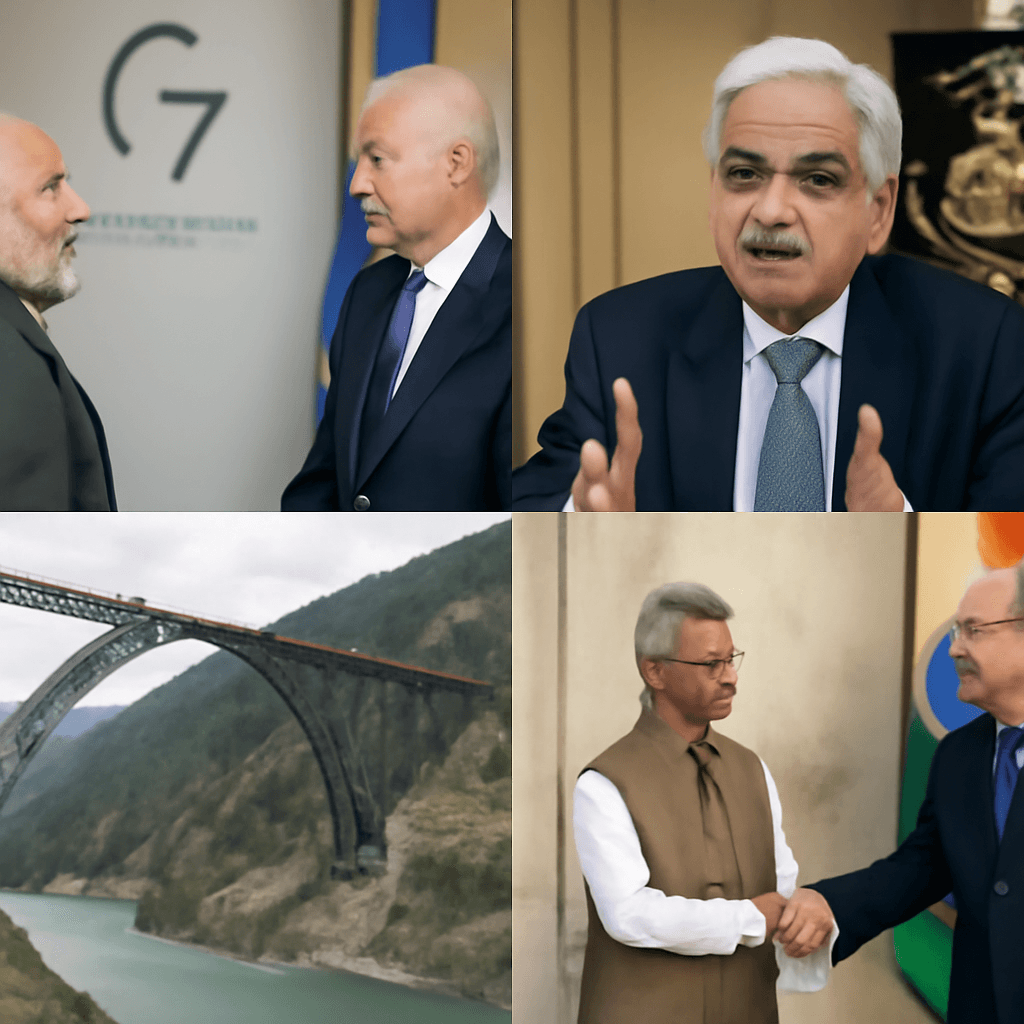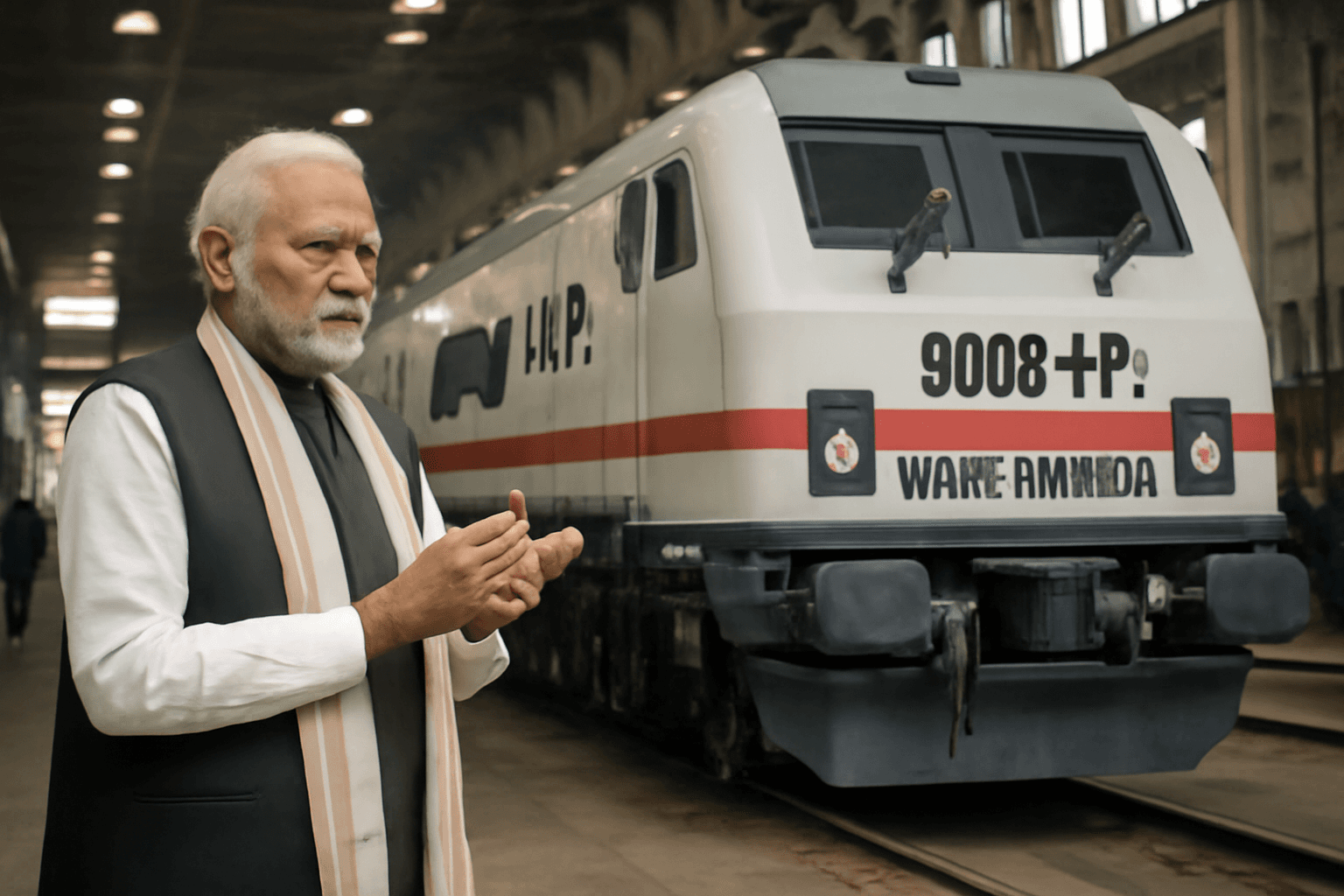Introducing Madhavi Latha: The Brain Behind Chenab Bridge's Geological Safety
When the world witnessed the inauguration of the Chenab Bridge—the tallest railway bridge perched above the Chenab River in Jammu and Kashmir—the spotlight was largely on the monumental engineering marvel itself. Yet, behind the scenes, Dr. G Madhavi Latha, a distinguished professor from the Indian Institute of Science (IISc) in Bengaluru, quietly played a pivotal role in making this vision a reality.
A Career Built on Rock-Solid Expertise
For nearly two decades, Dr. Madhavi Latha committed her expertise as a geotechnical consultant to the Chenab Bridge project, which forms a critical segment of the sprawling 272-kilometre Udhampur-Srinagar-Baramulla Railway Link (USBRL). Her guidance was crucial in ensuring the bridge’s structural safety amidst some of the most challenging geological and topographical conditions imaginable.
Collaboration for Safety and Stability
Working closely with Afcons Infrastructure, the main contractor, Dr. Latha advised on the strategic placement of rock anchors used to stabilize precarious mountain slopes. This step was essential to prevent landslides and maintain structural integrity throughout the construction phase. Her expert involvement also laid the foundation for innovative geotechnical solutions, which she meticulously documented in a specialized academic paper.
An Impressive Academic Journey
- Bachelor of Technology in Civil Engineering from Jawaharlal Nehru Technological University (JNTU), 1992
- Master of Technology with gold medal in Geotechnical Engineering from National Institute of Technology (NIT) Warangal
- PhD in Civil Engineering from IIT Madras, completed in 2000
Currently holding the senior HAG professorship at IISc, Dr. Latha’s pioneering work earned her the
Best Woman Geotechnical Researcher award in 2021 and recognition among India's Top 75 Women in STEAM in 2022.
The Herculean Project: Building the World’s Highest Railway Bridge
Before towering steel arches graced the Chenab River, the construction team faced an uphill battle—literally. With no motorable roads initially available, the team depended on mules and horses to navigate the rugged Himalayan terrain. Gradually, temporary tracks were laid, evolving into permanent access roads spanning 11 kilometres on the north bank and 12 kilometres on the south bank.
Costing approximately Rs 1,486 crore, the bridge stands at a jaw-dropping height of 359 metres above the riverbed, outshining the Eiffel Tower by 35 metres. It represents one of the most ambitious civil engineering achievements in India’s recent history.
Connecting Kashmir with the Rest of India
The official inauguration marked more than just the opening of a bridge; it sealed decades of engineering dreams aimed at enhancing connectivity between Kashmir and mainland India. When the Prime Minister crossed the bridge waving the national flag, it symbolized unity, engineering prowess, and the perseverance of countless professionals like Dr. Madhavi Latha.


